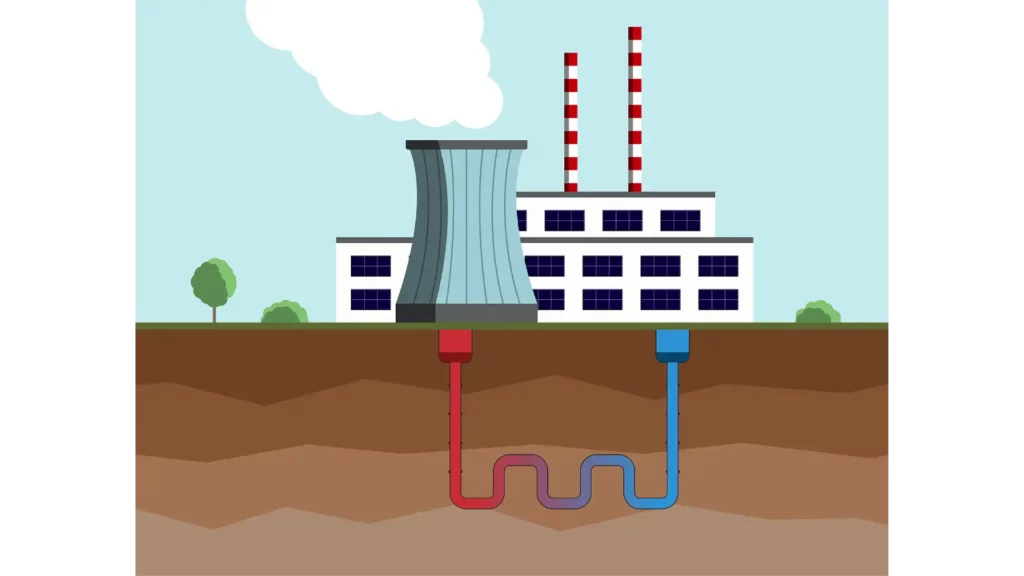How to Install Geothermal Energy
In our quest for sustainable energy solutions, geothermal energy stands out as a promising contender. Harnessing the Earth's natural heat, geothermal energy offers a renewable and eco-friendly alternative to traditional fossil fuels.
However, understanding how to install geothermal energy systems is crucial for unlocking its full potential.
In this guide, we'll delve into the intricacies of geothermal energy installation, providing step-by-step instructions and valuable insights for homeowners and businesses alike.
Understanding Geothermal Energy
Before diving into the installation process, it's essential to grasp the fundamentals of geothermal energy. Geothermal energy harnesses heat from the Earth's core, which continuously emanates towards the surface.
This renewable energy source offers several advantages, including low operating costs, minimal environmental impact, and consistent output.
By tapping into this natural reservoir of heat, we can power homes, businesses, and even entire communities.
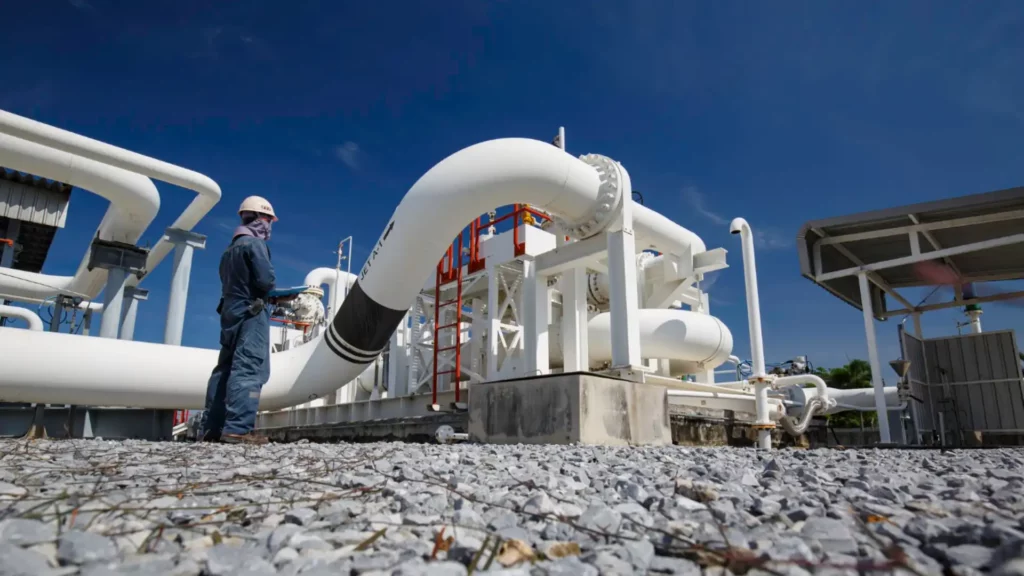
The Benefits of Geothermal Energy
Geothermal energy stands out as a beacon of efficiency and sustainability in the realm of renewable energy solutions.
Understanding its manifold benefits is crucial in appreciating its significance. Let's delve deeper into why geothermal energy holds such promise:
- Efficiency: Geothermal heat pumps are remarkably efficient, utilizing the Earth's natural heat for heating and cooling purposes, resulting in reduced energy consumption.
- Cost Savings: By tapping into renewable heat sources, geothermal systems significantly lower utility bills over time, providing substantial financial benefits to homeowners and businesses.
- Environmental Impact: Geothermal energy reduces reliance on fossil fuels, leading to lower carbon emissions and minimal environmental footprint compared to traditional energy sources.
- Reliability and Longevity: Geothermal systems are known for their reliability and longevity, requiring minimal maintenance and offering consistent performance for decades.
- Comfort and Versatility: Geothermal heat pumps provide precise temperature control and even distribution of heat, enhancing indoor comfort and air quality.
- Resilience to Energy Price Fluctuations: Insulated from energy market fluctuations, geothermal energy offers stable and predictable energy costs, providing long-term financial stability.
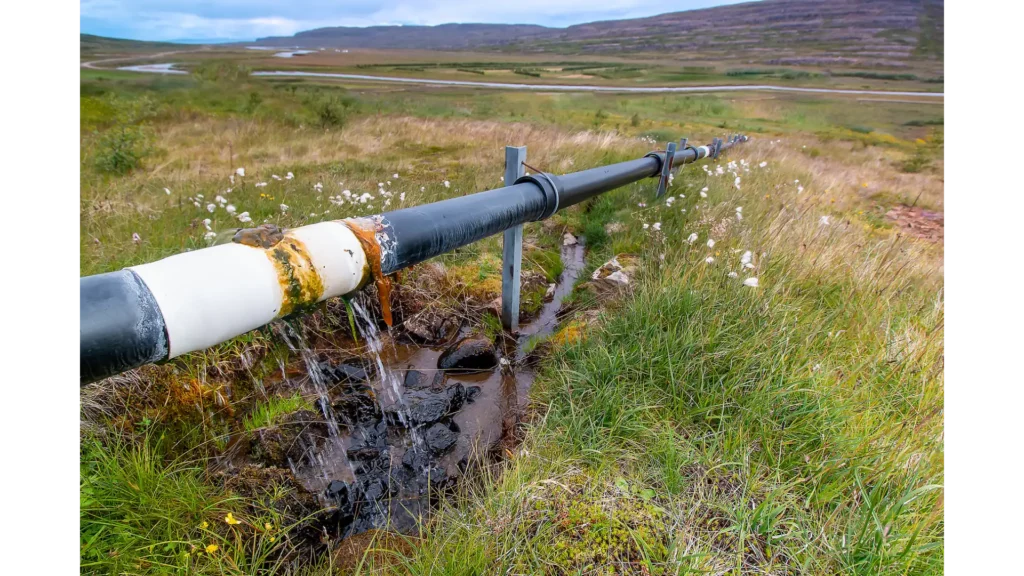
Planning Your Geothermal Installation
Before embarking on a geothermal energy installation project, careful planning is essential. Begin by conducting a thorough site assessment to determine the feasibility of geothermal energy in your location.
Factors such as soil composition, land availability, and local regulations will influence the design and implementation of your system.
Collaborating with experienced professionals, such as geologists and geothermal engineers, can help ensure a successful installation process.
Factors to Consider How to Install Geothermal Energy
Before embarking on a geothermal energy installation project, it's crucial to consider several factors that can influence the feasibility, design, and effectiveness of your system.
By carefully assessing these variables, you can optimize the performance and efficiency of your geothermal energy system.
- Site Suitability: Assess soil composition, land availability, and geological features to determine if the site is suitable for geothermal energy. Conduct a thorough site assessment to gauge feasibility.
- Energy Needs: Evaluate building size, insulation levels, and climate conditions to determine the appropriate size and capacity of the geothermal system. Oversized or undersized systems can lead to inefficiencies and increased costs.
- System Design: Work with professionals to develop a customized system design that maximizes efficiency and performance. Consider factors such as ground loop type, heat pump configuration, and distribution system.
- Permitting and Regulations: Obtain necessary permits and comply with local regulations and building codes before proceeding with installation. Consult with authorities to ensure compliance and avoid delays.
- Environmental Impact: Assess environmental impact and implement best practices for minimizing disruption to natural habitats and ecosystems. Consider factors such as land disturbance, water usage, and noise emissions.
- Budget and Financing: Develop a comprehensive budget that accounts for all project aspects, including design, installation, and maintenance. Explore financing options and incentives to offset costs and improve financial viability.
- Future Expansion and Maintenance: Design a system with scalability in mind for potential future upgrades or expansions. Establish a proactive maintenance schedule to optimize performance and prevent costly repairs.

Step-by-Step Installing Geothermal Energy
Now, let's explore the step-by-step process of installing geothermal energy system:
- Site Preparation: Clear the designated area for the installation of the ground loop, ensuring adequate space and accessibility for equipment and machinery.
- Ground Loop Installation: The ground loop serves as the backbone of the geothermal system, facilitating the exchange of heat between the Earth and the heat pump. Depending on the type of loop (horizontal, vertical, or pond/lake), excavation or drilling may be required.
- Heat Pump Installation: Position the heat pump unit within the building or designated mechanical room, connecting it to the ground loop and the distribution system (ductwork or radiant heating/cooling).
- Distribution System Installation: Install the distribution system to deliver heated or cooled air throughout the building. This may involve ductwork installation, radiant tubing placement, or a combination of both, depending on the building's design and requirements.
- System Testing and Commissioning: Once the installation is complete, conduct thorough testing and commissioning to ensure the system operates efficiently and meets performance standards. This may involve pressure testing, leak detection, and calibration of controls.
- Monitoring and Maintenance: Regular monitoring and maintenance are crucial for optimizing the performance and longevity of your geothermal energy system. Schedule routine inspections, filter changes, and system tune-ups to prevent issues and maximize energy savings.
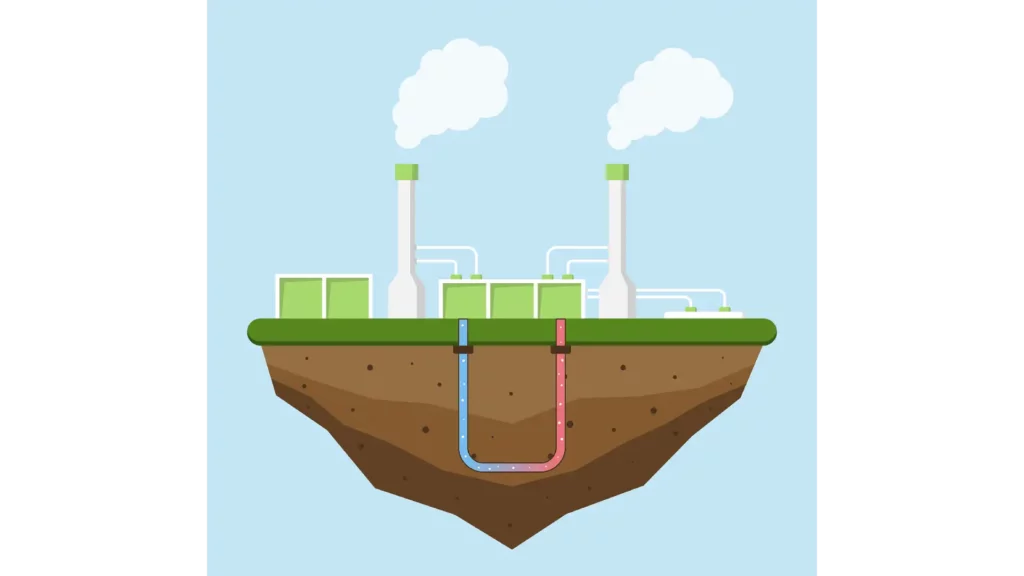
Exploring Homemade Geothermal Energy Solutions
For those seeking alternative approaches to harnessing geothermal energy, homemade geothermal energy systems present intriguing possibilities.
By leveraging DIY techniques and readily available materials, homeowners can experiment with building their geothermal heat pumps or heat exchangers.
While homemade geothermal energy solutions may lack the sophistication and efficiency of professionally designed systems, they offer a hands-on learning experience and potential cost savings for resourceful individuals.
With proper research and guidance, adventurous DIY enthusiasts can explore the realm of homemade geothermal energy and unlock its creative potential in sustainable home heating and cooling applications.
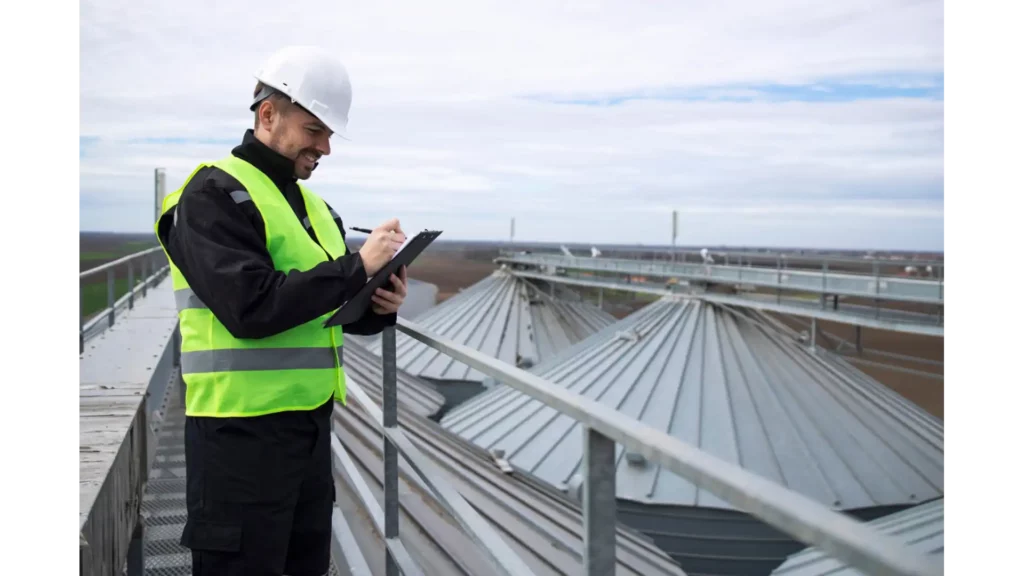
Financing and Incentives: Unlocking Affordability for Geothermal Energy
Investing in geothermal energy installation marks a significant step towards sustainable living, yet the initial costs can seem daunting.
However, an array of financing options and incentives exist to ease the financial burden and enhance the return on investment for both homeowners and businesses.
- Federal Tax Credits: Homeowners can benefit from a federal tax credit of up to 26% of the total installation cost, including equipment and labor.
- State Rebates: Many states offer their own rebate programs, covering a portion of installation costs and further reducing financial barriers.
- Utility Incentives: Some utility companies provide cash rebates, low-interest loans, or bill credits to encourage energy-efficient upgrades like geothermal systems.
- Financing Programs: Special financing arrangements such as energy efficiency mortgages, PACE financing, and green loans are available to help homeowners finance geothermal installations.
- Long-Term Benefits: Despite the initial investment, geothermal systems offer lower operating costs, reduced maintenance, and long-term energy savings, making them a financially sound investment over time.
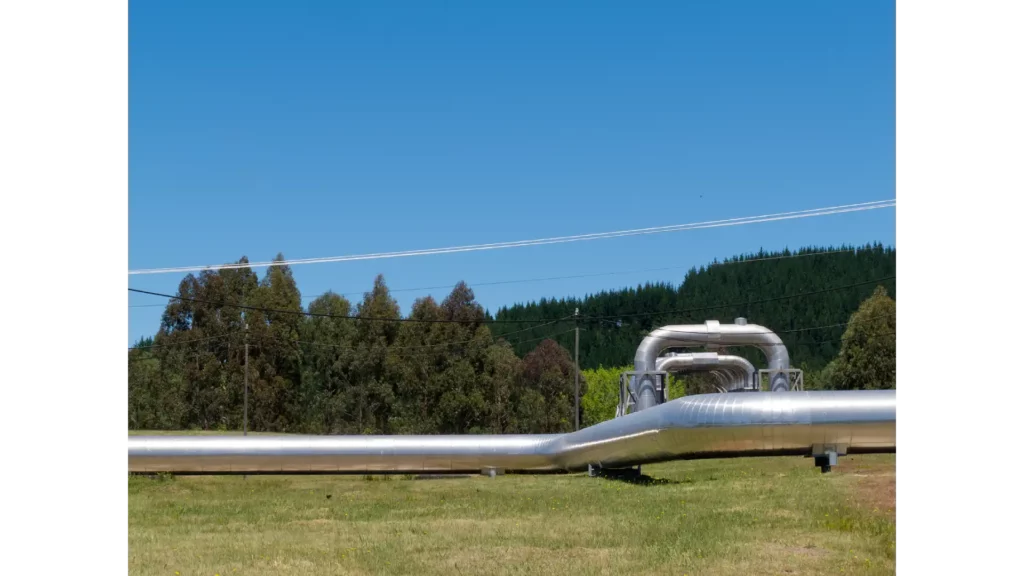
FAQs: Answering Your Geothermal Energy Installation Questions
Q1: What are the key benefits of installing a geothermal energy system?
A1: Geothermal energy systems offer numerous advantages, including reduced energy bills, lower carbon emissions, enhanced comfort, and long-term reliability. By tapping into the Earth's natural heat, these systems provide sustainable heating, cooling, and hot water solutions for residential and commercial buildings.
Q2: How much does it cost to install a geothermal energy system?
A2: The cost of installing a geothermal energy system can vary depending on factors such as the size of the system, the type of ground loop (horizontal, vertical, or pond/lake), site accessibility, and local labor rates. While upfront costs may be higher than conventional HVAC systems, geothermal systems often provide substantial long-term savings through reduced energy consumption and lower maintenance requirements.
Q3: Is my property suitable for geothermal energy installation?
A3: Determining the suitability of your property for geothermal energy installation requires a site assessment conducted by qualified professionals. Factors such as soil composition, available land area, proximity to water sources, and local regulations will influence the feasibility and design of your geothermal system. Consulting with experienced geothermal engineers and contractors can help assess the viability of geothermal energy for your property.
Q4: How long does it take to install a geothermal energy system?
A4: The installation timeline for a geothermal energy system can vary depending on factors such as the size of the project, site conditions, and complexity of the installation. On average, the installation process may take anywhere from a few days to several weeks to complete. Factors such as ground loop installation method (horizontal, vertical, or pond/lake) and the integration of the system with existing infrastructure will influence the overall timeline.
Q5: Are there any incentives or tax credits available for geothermal energy installation?
A5: Yes, several incentives and tax credits are available to homeowners and businesses to offset the cost of geothermal energy installation. Federal tax credits, state rebates, and utility incentives may be available to eligible individuals and organizations. These incentives aim to promote the adoption of renewable energy technologies and encourage investment in sustainable heating and cooling solutions.
Q6: How does geothermal energy compare to other renewable energy sources?
A6: Geothermal energy offers unique advantages compared to other renewable energy sources, such as solar and wind power. Unlike solar and wind energy, which are intermittent and dependent on weather conditions, geothermal energy provides a consistent and reliable source of heat throughout the year. Additionally, geothermal energy systems have a smaller environmental footprint and can operate efficiently in a wide range of climates and geographical locations.
Q7: Can I retrofit my existing property with a geothermal energy system?
A7: Yes, it is possible to retrofit existing properties with geothermal energy systems, although the feasibility and cost-effectiveness may vary depending on factors such as available space, building structure, and accessibility. Retrofitting typically involves installing a ground loop system and integrating it with the existing HVAC infrastructure. Consulting with experienced geothermal contractors can help assess the viability of retrofitting your property with a geothermal energy system.
Q8: How can I ensure the optimal performance and efficiency of my geothermal energy system?
A8: Proper maintenance and regular servicing are essential for ensuring the optimal performance and efficiency of your geothermal energy system. Schedule annual maintenance checks with qualified technicians to inspect the system, clean filters, check fluid levels, and calibrate controls. Additionally, monitor energy usage and system performance regularly to identify any potential issues and address them promptly.
Q9: Will installing a geothermal energy system increase the resale value of my property?
A9: Installing a geothermal energy system can potentially increase the resale value of your property, as it offers numerous benefits such as energy savings, environmental sustainability, and enhanced comfort. Additionally, properties equipped with geothermal systems may appeal to environmentally conscious buyers and command a premium in the real estate market. However, the extent of the impact on resale value may vary depending on market conditions and buyer preferences.
Q10: Can I install a geothermal energy system myself, or should I hire a professional?
A10: While some DIY enthusiasts may consider installing a geothermal energy system themselves, it is generally recommended to hire experienced professionals for this complex and specialized task. Geothermal energy installation requires expertise in geology, engineering, and HVAC systems, as well as specialized equipment and knowledge of local regulations. Working with qualified contractors and technicians ensures the proper design, installation, and commissioning of your geothermal system, maximizing its performance and longevity.
How to Install Geothermal Energy Conclusion
In conclusion, installing a geothermal energy system offers a pathway to a more sustainable and environmentally conscious future.
By harnessing the Earth's natural heat, we can reduce our reliance on fossil fuels, lower carbon emissions, and create a more resilient energy infrastructure.
With proper planning, installation, and maintenance, geothermal energy systems can provide reliable and cost-effective heating and cooling solutions for generations to come.

